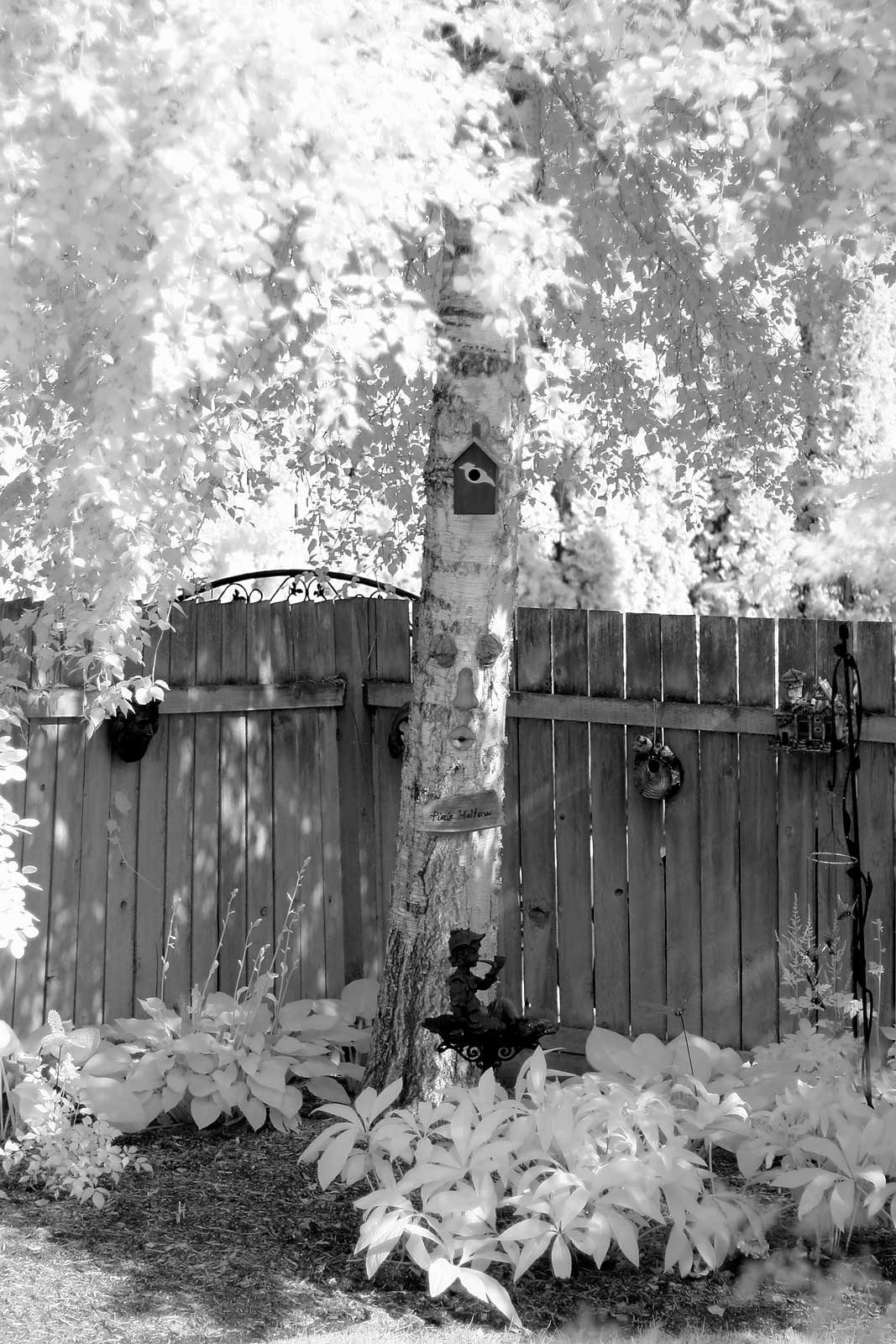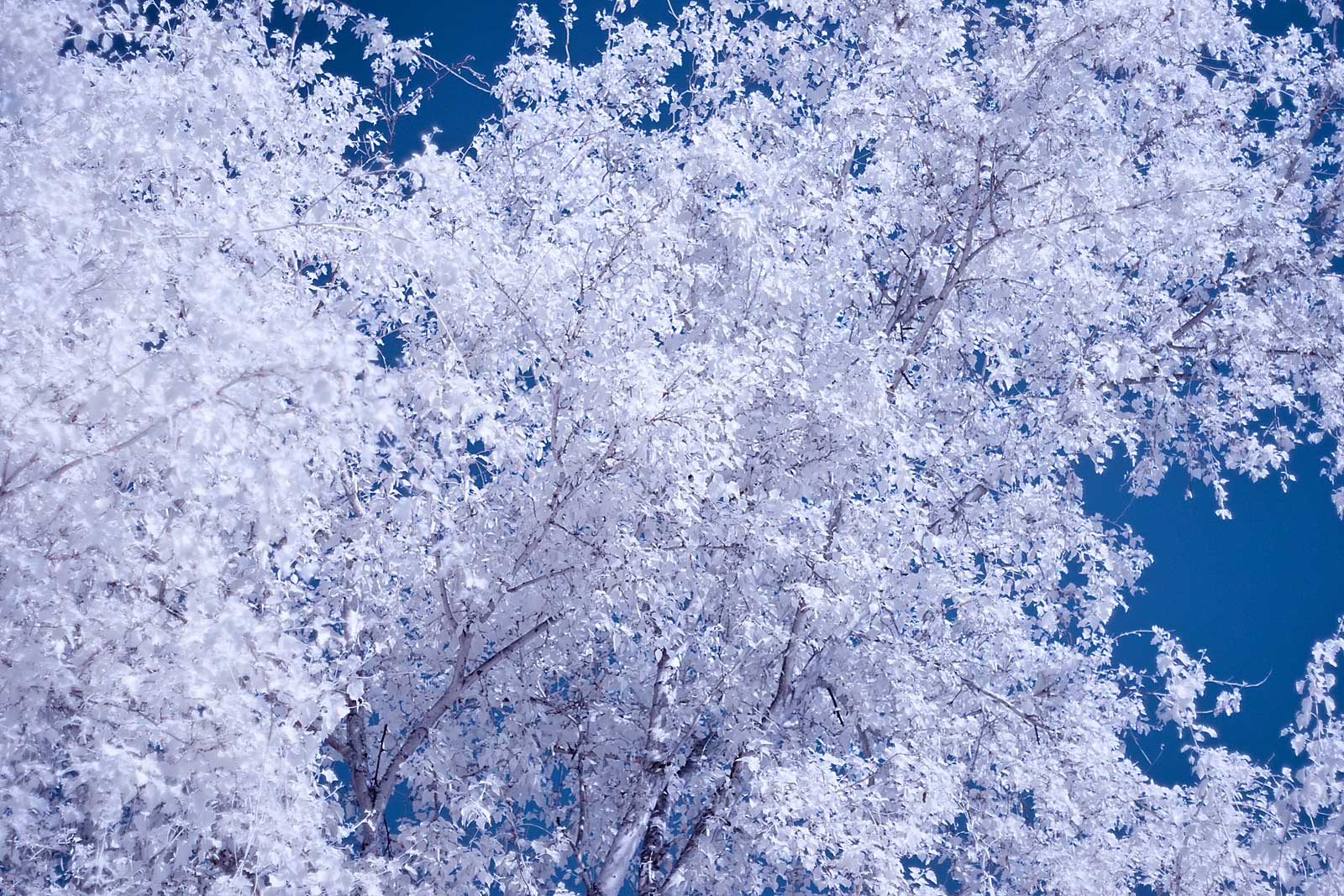 I've long been interested in infrared photography, but it's always seemed such as hassle to me. Back in the film days you had to buy special film, then load it in basically darkroom conditions. On top of that, certain cameras couldn't use the film because they used infrared beams in the body to count the frame advances. Finally, to shoot with infrared you had to use a special R72 filter to let only infrared light into the camera, which meant you had to pre-focus before you put the filter on and that your exposure would be extremely long compared to
I've long been interested in infrared photography, but it's always seemed such as hassle to me. Back in the film days you had to buy special film, then load it in basically darkroom conditions. On top of that, certain cameras couldn't use the film because they used infrared beams in the body to count the frame advances. Finally, to shoot with infrared you had to use a special R72 filter to let only infrared light into the camera, which meant you had to pre-focus before you put the filter on and that your exposure would be extremely long compared toa normal exposure.
In most cases, the advent of digital cameras didn't change things much really. While the digital sensor is, in fact, sensitive to both visible and infrared light, camera manufacturers place a filter over the sensor that among other things, removes the infrared light. So, while you didn't need to load the film in the dark, you still had to use an R72 filter to remove the visible light and exposures were still lengthy. Some cameras were much better than others at capturing infrared. The Olympus C2020Z, which I owned for a while, had a good reputation for IR photography, though I never actually used it for infrared.
What did change, however, was that the IR filter in a digital camera body could be removed and replaced with a sensor cover that did allow the infrared (actually Near Infrared) light to pass and all0ws for infrared photography without the use of an R72 filter and with normal exposure times. The image above is a test shot from my Canon 20D DSLR which has had this conversion completed. It was just returned from Lifepixel today (after about three weeks away) and this was taken in my back yard with a Canon EF 50 f/1.4 lens and converted to B&W. The image below was left in color and the red and blue channels reversed to make the sky blue vs. red.
 This is going to make photography a bit more fun this summer, and I plan to use the converted camera extensively, but not exclusively, as part of my fairy project. It will also be fun to use it for some landscape photography along the Oregon Coast and for my planned trip to Crater Lake National Park.
This is going to make photography a bit more fun this summer, and I plan to use the converted camera extensively, but not exclusively, as part of my fairy project. It will also be fun to use it for some landscape photography along the Oregon Coast and for my planned trip to Crater Lake National Park.






No comments:
Post a Comment